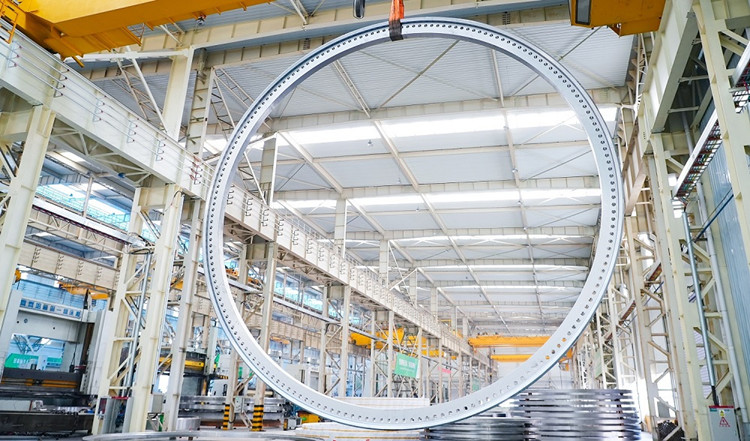- tyler@kirail.com
- +86 15603721115
Forging is a high-risk job and is extremely harmful to the human body. Let's discuss the hazards to the human body during the forging process.

1. Dust pollution
The forging process includes cutting the material into the required size, heating, forging, heat treatment, cleaning and inspection. In small manual forging, all these operations are done by several forging workers in a small space with their bare hands. They are all exposed to the same harmful environment and occupational hazards; in large forging workshops, the hazards vary from position to position. Although working conditions vary according to the form of forging, they have certain common characteristics: moderate intensity physical labor, dry and hot microclimate environment, noise and vibration generation, and air pollution caused by smoke.
2. High temperature injury
Workers are exposed to high temperature air and thermal radiation, which leads to heat accumulation in the body. The heat and metabolic heat work together to cause heat dissipation disorders and pathological changes. The amount of sweat discharged in 8 hours of labor varies depending on the atmospheric environment, physical exertion, degree of heat adaptation, etc., generally between 1.5 and 5 liters, or even higher. In smaller forging shops or places far from heat sources, the Beh heat stress index is usually between 55 and 95; but in large forging shops, near working points such as heating furnaces or hammer machines, the temperature may be as high as 150 to 190. It is easy to cause salt deficiency and heat cramps. In cold seasons, exposure to changes in microclimate environment can promote its adaptability to a certain extent, but rapid and too frequent changes may cause health hazards.
3. Air pollution
The air in the workplace may contain smoke, carbon monoxide, carbon dioxide, sulfur dioxide, and even acrolein, depending on the type and impurities of the heating furnace fuel, as well as the combustion efficiency, airflow and ventilation conditions. Noise and vibration: Forging hammers inevitably produce low-frequency noise and vibration, but may also contain some high-frequency components, with a sound pressure level between 95 and 115 decibels. Workers exposed to forging vibrations may cause temper and dysfunction, thereby reducing work ability and affecting safety.